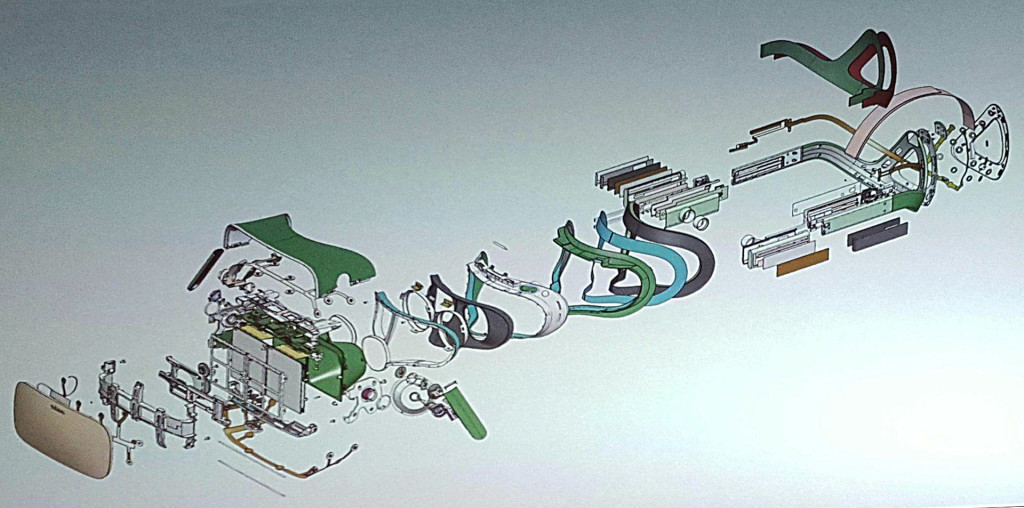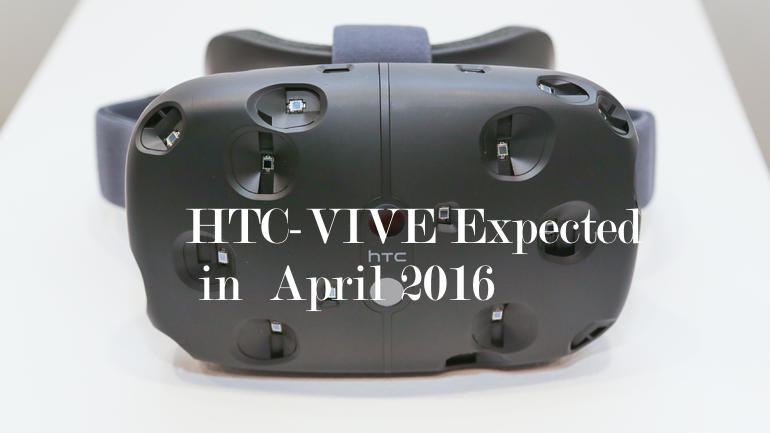If smartphones were complex in terms of components, the HMDs are probably way more complex. During the Oculus Connect 2 conference this year, we learnt that their headset has more than 200+ components with a pretty complex IPD mechanism. (See RoadVR’s coverage on the story). On the other hand, based on average industry estimates, Smartphones have around 40 – 50 components in their bill of materials.
HTC’s announced today that it will be delaying their HTC-VIVE product launch to end of first quarter 2016, I wonder how much of this can be attributed to the complexity of the product and the product category. HTC-Vive not only consists of the headset but it also consists of two tracking stations, and two handheld wand controllers.
Since Facebook doesn’t have any hardware manufacturing experience, it has been investing significantly to ramp up in this area. Recent job postings by Facebook indicate hiring for talent in manufacturing and sourcing strategies to meet Rift’s timely rollout.
Facebook is also investing into lean manufacturing in order to keep its production line agile for future product enhancements. Folks applying to Oculus manufacturing positions are expected to serve as a resident expert in design for manufacturability (DFM) processes, leading DFM reviews with engineering leads and signing off on final processes. They are also expected to Work with design engineers to optimize part design and production processes, including assembly line set-up
HTC has experienced supply chain issues in the past. In the third quarter of 2013, Reuters reported that the troubled smartphone maker was suffering from supply problems with its then recently-launched One mini smartphone, due to “a casing shortage arising from design difficulties”,
The company was unable to meet operator and consumer demand, despite analysts expecting shipments to only be at around the 200,000 unit per month mark. Recently the company has also been in the middle of multiple cost restructuring initiatives.
HTC’s partner in the venture, Valve are known to be some what of a perfectionist when it comes to their software products. They are known for their Valve time. See (https://developer.valvesoftware.com/wiki/Valve_Time#Valve_Time). Secondly, Valve does not have any experience with complex manufacturing supply chains. On the Supply chain front, the expertise is being put forth by HTC.
In spite of the delays surrounding product launch, the HTC-Marketing team is doing a phenomenal work in keeping the buzz going among the potential customers. In the email released today their launch plans specify hosting a developer conference in Beijing on December 18th, launching of the new HTC Vive Developer Kit at CES in Jan and engaging audiences at key events including The Sundance Film Festival, SXSW, GDC and MWC while expanding their demo tours.
Based on the timeline announced today, it is very much likely that by the time HTC launches its VR offering in April, it will no longer be able to avail itself of any “First to Market” benefits since both Oculus and Playstation VR will probably be already there.
This would require HTC-VIVE to showcase a sleek product that exceeds its fan’s expectations. Given the company’s current financials, there is a lot riding on this initiative! We are pretty hopeful that spring of 2016 will serve as a new beginning for HTC.

Be the first to comment on "Complex Supply Chain issues behind HTC-VIVE Delays?"